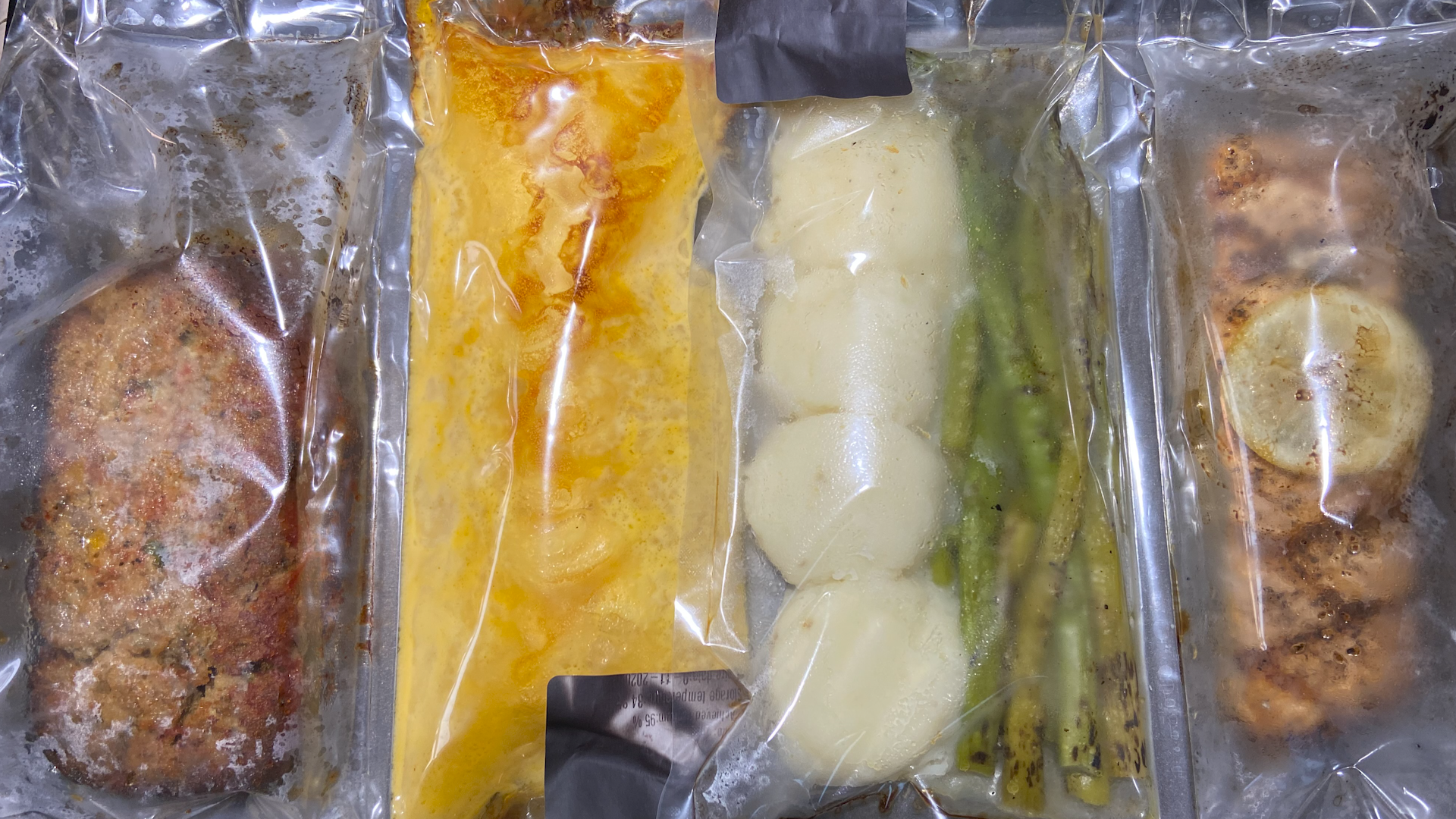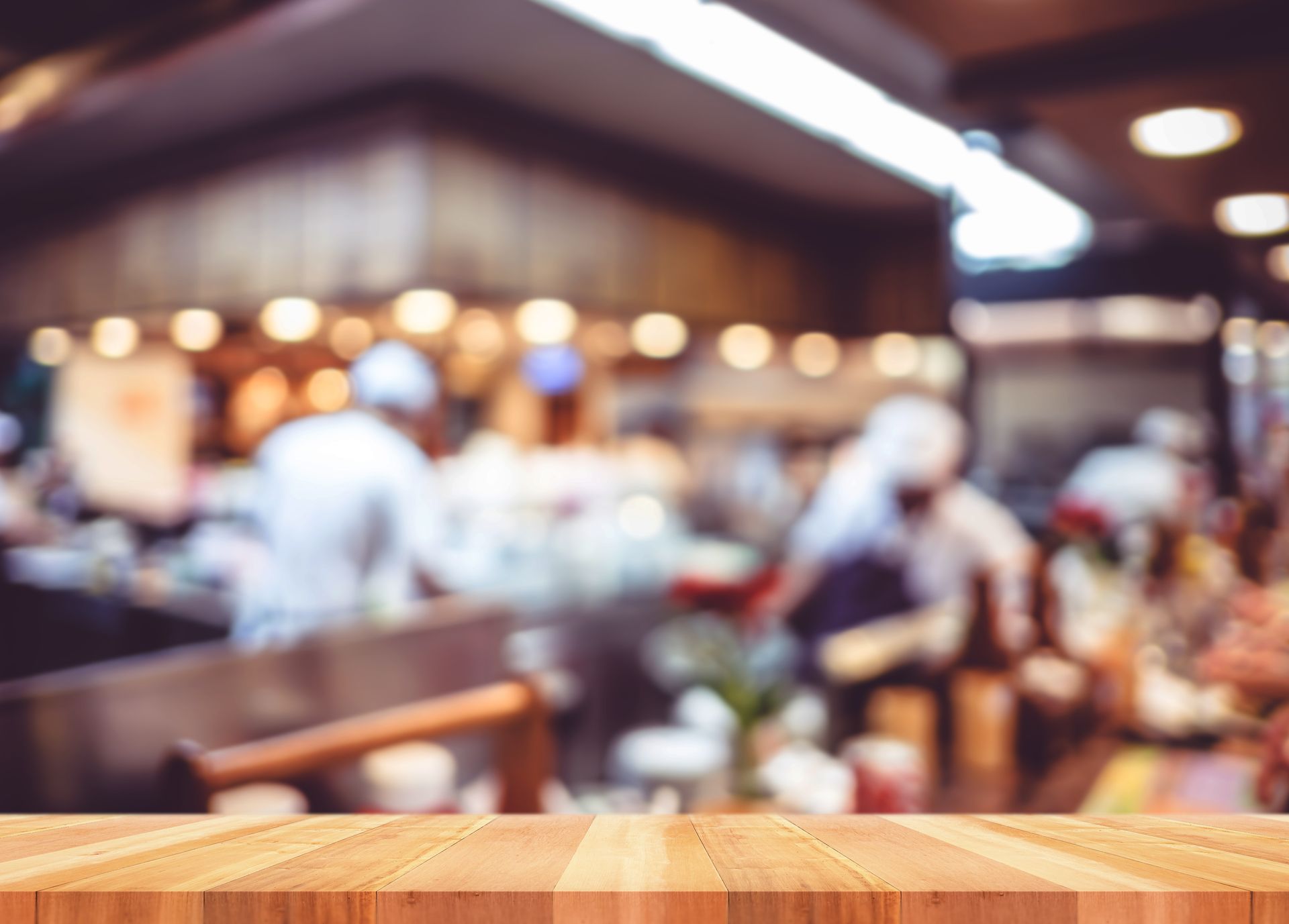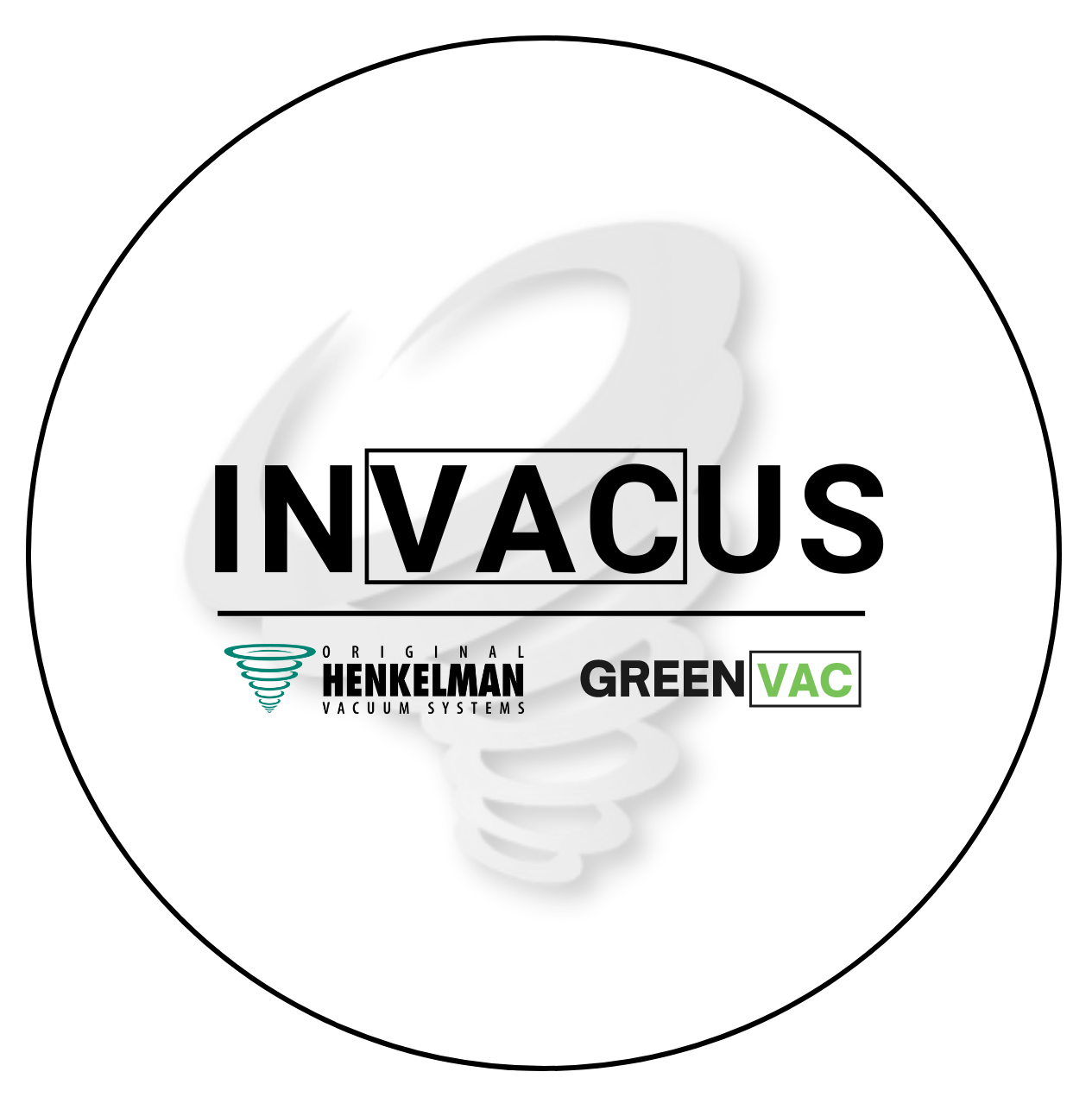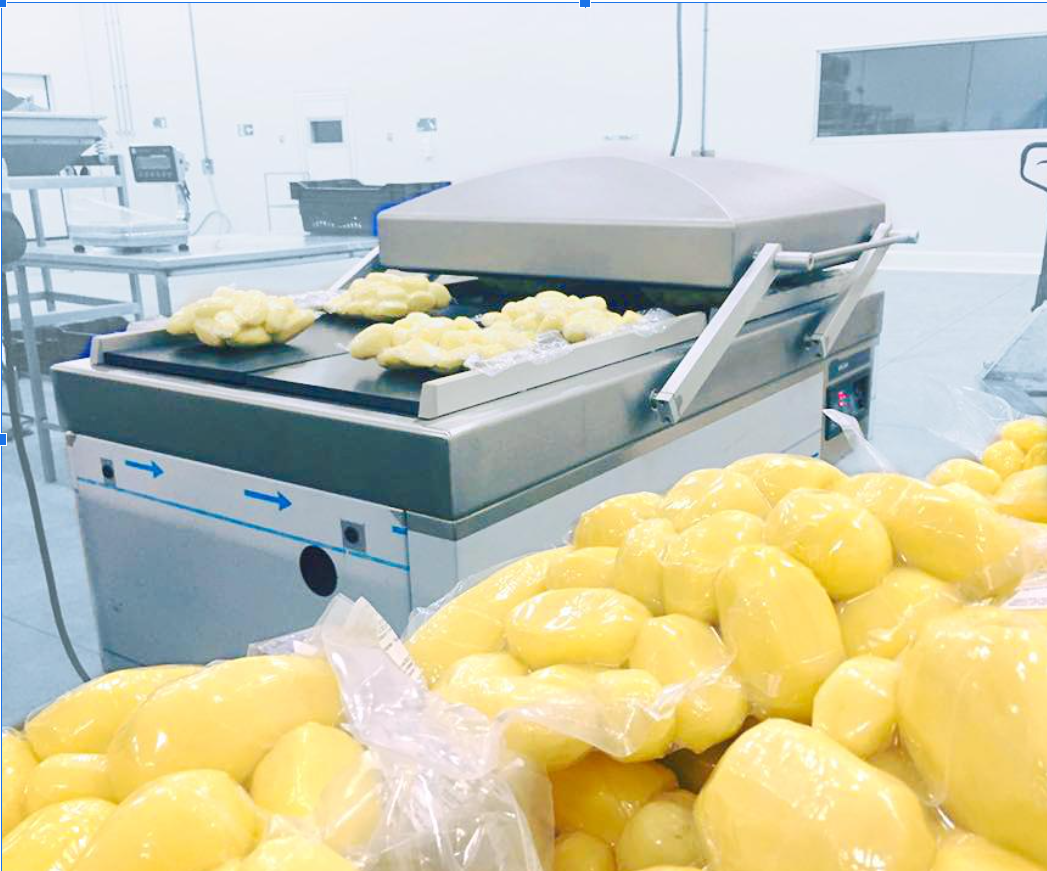Chef Carballo Makes Duck Mole Tacos and Sourdough Bread with A Henkelman Vacuum Sealer
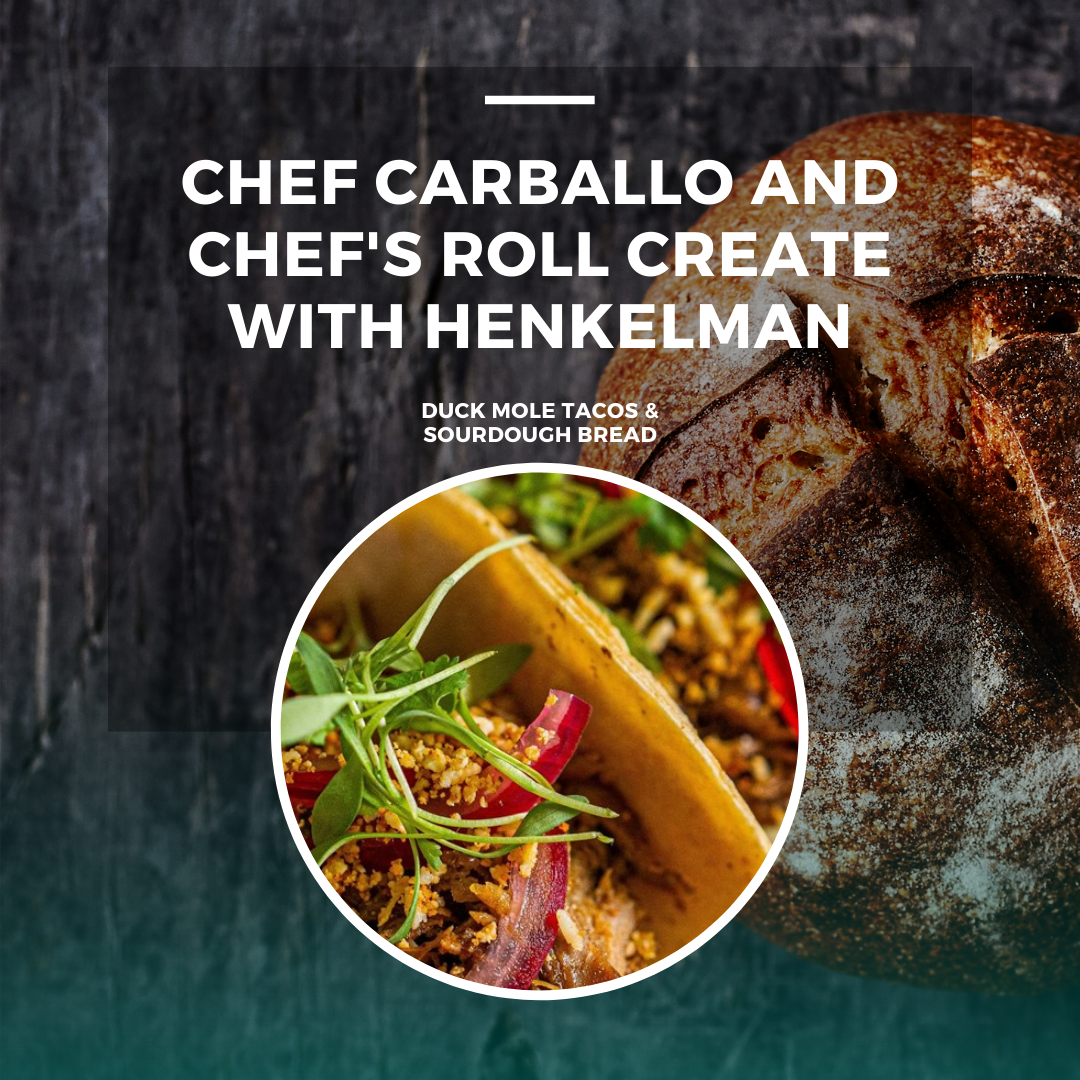
Intro:
We're proud to be featured in Chef's Roll #KitchensOfTheFutureSeries where Chef Carballo of Carte Blanche Bistro & Bar leverages the advantages of the RATIONAL iCombi Pro, an Irinox blast chiller, and A Henkelman vacuum sealer to make duck mole tacos and sourdough bread. This equipment helps him create consistent quality products while freeing up some time in his busy schedule. Stay tuned as he walks us through the steps involved in making these delicious dishes!
Thank you for watching and we hope you enjoy. Be sure to check out the other videos in the series as well!
Video Transcript:
At Carte Blanche, one of our most popular dishes are duck mole tacos we take all the duck get it in the fat and then we place it in the rational iCombi Pro to our settings that we write our recipes in to make sure we control moisture heat and humidity it allows us to get that tenderness that we're looking for in that duck the skin is pulled off lightly and placed on racks then we dehydrate it in the icon be pro it takes about six hours and then finished with dry heat it allows us to get a super crispy bite on that we can program it overnight so it's time saving for us to be able to get the best productivity when nobody's around we blast chill it in the iron x blast chiller down to
zero to keep the integrity and flavor of the product this also allows for better efficiency in our walk-in and our freezers. Another great feature with the Henkelman vacuum sealer is that we can pickle things at a rapid pace like our pickled onions. It's really simple. Adding all the ingredients in the bag, vacuum seal and within minutes you got pickled onions. We build our tacos starting with the avocado crema, our duck mole and our duck skin chicharrones then we top it off with pickled onions, cotija cheese and then finish with a little micro cilantro. One of our featured items is our house baked bread that we bake on a daily basis, sometimes double batches sometimes single batches and this equipment allows us to get there much faster and consistently the Irinox is perfect for proofing. We can set it and forget it and it helps us walk away and work on other projects while that's moving along. We love to use our Rational iCombi Pro because we can set our own parameters in there with our six step process it allows us to create almost anything we want from how moist the interior is of the bread to our crust on the outside we like a dark crust so we are able to really achieve this by allowing to get to a high temperature which the rational iCombi Pro does really well and all the way to a cooling down process where i don't have to pull the bread out immediately and we allow it to cool down inside the oven once our recipe and program is built anyone in the kitchen can accomplish baking any day of the week. We want to achieve a dark crust and moist center every single time we also take our ends and pieces and we vacuum seal those with their Henklemen and we save those for breadcrumbs and croutons with all my years of cooking having equipment like this really help my career not only excel because I'm
able to achieve quality products but also make my life a lot easier not being able to be there when something is cooking is very important to a chef who's looking for any time off and as many hours as we put in having equipment that is consistent really makes our day a lot better.
Great equipment makes for great outcomes!
